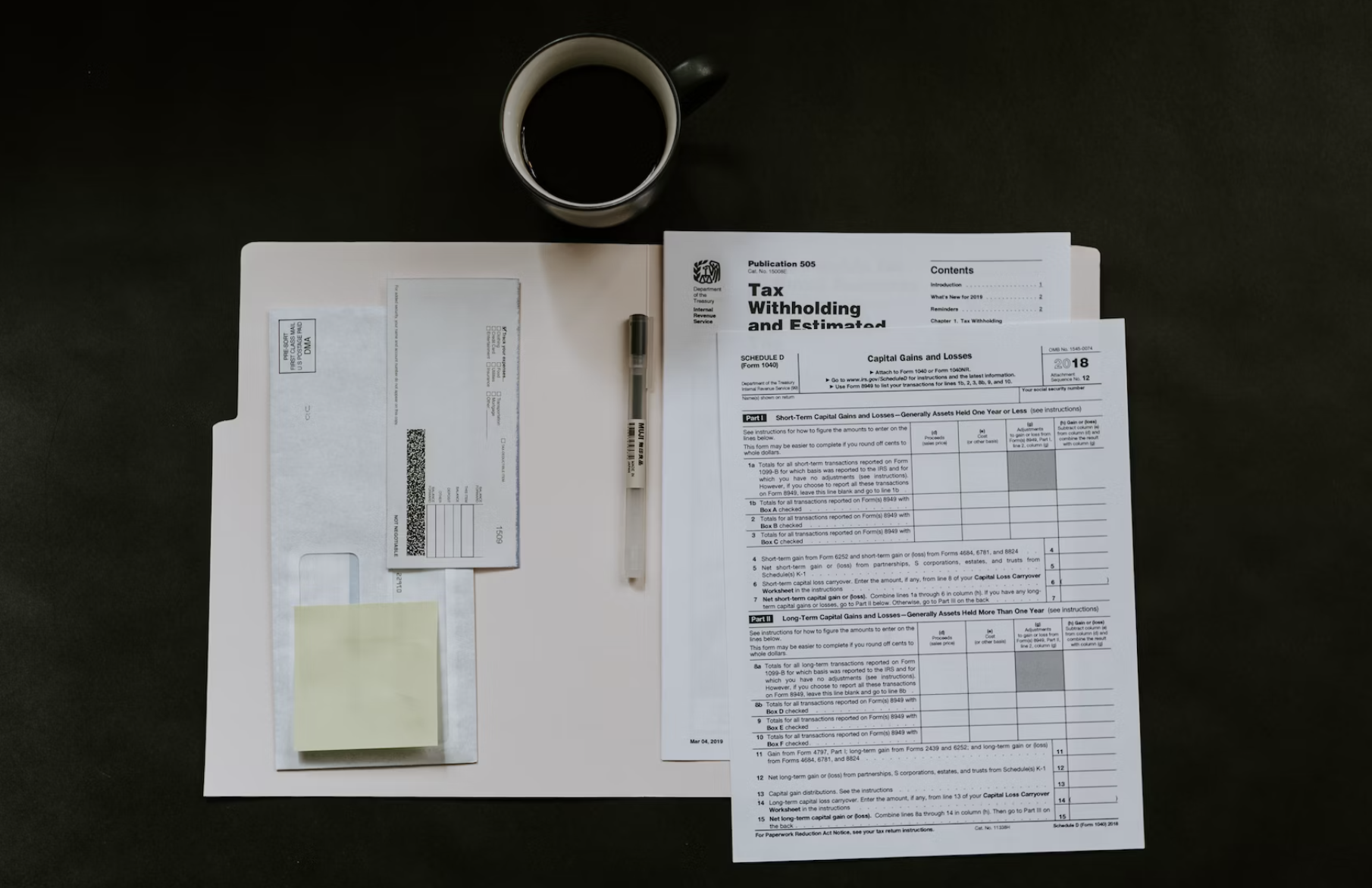States are beginning to realize that there is a natural connection between health insurance and the tax filing event that can help to reach the uninsured population. Changes enacted under the Affordable Care Act (ACA) caused a systemic shift in access to health insurance and states’ health insurance markets. Over a decade later, those provisions, including access to federally funded tax credits, continue to draw millions of individuals into coverage, however, affordability and other challenges persist as barriers preventing access to coverage, with nearly 28 million non-elderly individuals uninsured in the U.S.(1) This figure is expected to grow as millions face job and wage losses resulting from economic repercussions of the COVID-19 pandemic.
In the early days of the ACA, the Open Enrollment period partially overlapped with the tax filing season. Because of this and because, at the time, there were tax penalties for being uninsured, it was an obvious partnership for tax companies and health insurance brokers. During the seminal Open Enrollment period, GetInsured partnered with the national tax preparation company, Jackson Hewitt. Tax preparers assisted customers with the new health insurance laws, even initiating their enrollment in qualifying health plans or Medicaid, depending on their household income qualifications.
As open enrollment dates changed over the years, the connections between tax preparer and broker were lost. Rules surrounding coverage have also changed over the years and many people are just as confused as they were back in 2013. Many still remain uninsured.
Based on unpublished results from the Urban Institute study done in 2017, 18.1 million out of 25.5 million uninsured adults under age 65, or 71 percent, qualified for health coverage programs. Such eligibility was even more widespread for children. Out of 4.6 million uninsured children under age 18, 2.8 million, or 61 percent, qualified for Medicaid or CHIP. Fully 94 percent of uninsured children were eligible for a health coverage program—either Medicaid, CHIP, PTC-funded insurance, or marketplace coverage purchased without federal financial assistance.(2)
Since household income is one of the major determinants of qualifications, state income tax forms can help state-based marketplaces identify the uninsured as well as those who are eligible for Medicaid and potential tax credits, and that’s the basic idea behind the steps that some states are now taking.
Maryland Health Connection’s website notes:
Beginning in 2020, you can indicate on your tax return if you would like the Maryland Health Benefit Exchange, the state agency that runs Maryland Health Connection, to estimate your eligibility for coverage. If you file your taxes by July 15, this selection launches an easy process that will help you enroll.
As of April 15, the program had resulted in 2,500 people getting coverage.
Colorado is slated to implement an Easy Enrollment program for Open Enrollment 2022.
As of last week, Virginia received approval from the Centers for Medicare & Medicaid Services to become a state-based exchange by 2023. Virginia’s exchange bill stipulates that, much like the Maryland program, there will be a line added to the Virginia tax return asking filers whether they were insured during the prior year. For those who were uninsured, the tax form will ask if they consent to have their tax return information shared with the Virginia Department of Medical Assistance Services to be used to determine whether the household might be eligible for Medicaid or health insurance tax credit on the newly built state-based exchange.
Not only can state-based marketplaces help lower uninsured rates by reducing premiums and giving states better control over marketing efforts, but enacting state health policies that find natural synergies, such as that between state income tax returns and health insurance, can also help to both educate and enroll more of the uninsured population.





